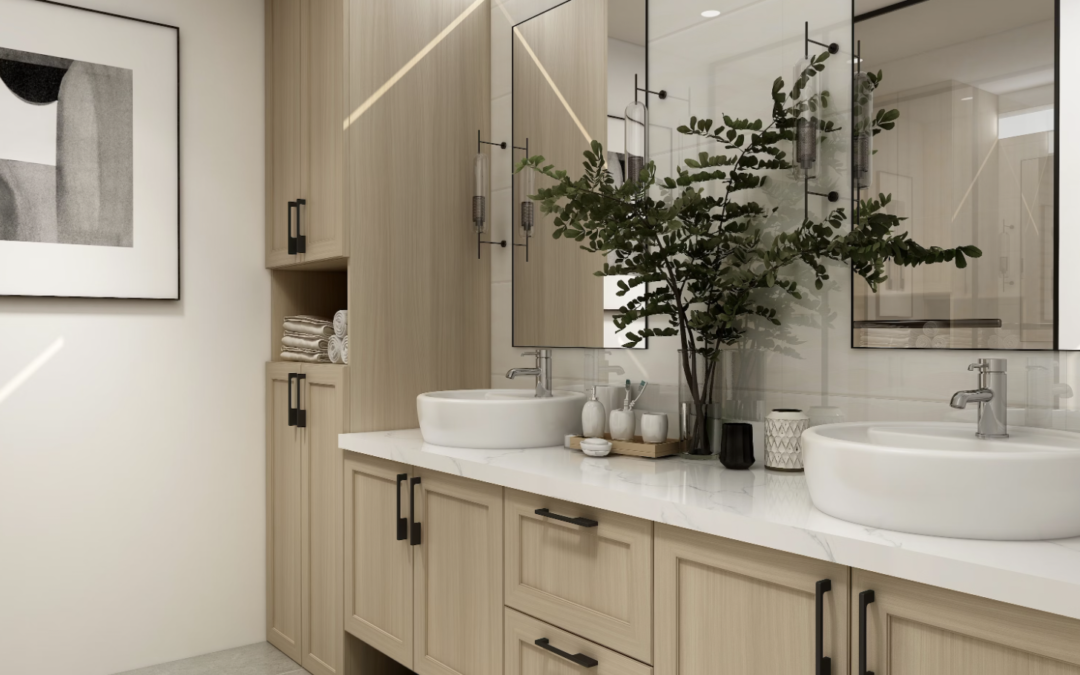Automatic touchless faucets represent the convergence of convenience and technology in modern plumbing. They are a staple in contemporary kitchens and bathrooms, but when they malfunction, it can disrupt the ease they are meant to bring. Addressing issues with these faucets often requires a blend of basic plumbing knowledge and a bit of tech-savvy.
This blog aims to provide innovative and practical solutions to common problems encountered with automatic touchless faucets, ensuring they continue to offer the efficiency and hygiene benefits they are known for.
- Identifying the Problem: Start with the importance of correctly identifying the issue. Whether it’s a sensor malfunction, inconsistent water flow, or no water flow, proper diagnosis is key to a successful fix.
- Sensor Issues and Solutions: Focus on sensor-related problems. Offer advice on resetting the sensor, which can sometimes solve issues related to sensitivity or responsiveness.
- Advanced Power Check: Discuss the nuances of checking the power supply, including battery replacement and checking for any electrical issues in models that are hardwired.
- Water Pressure Check: Elaborate on how low water pressure can affect the faucet’s operation. Provide guidance on checking the property’s overall water pressure and adjusting it if needed.
- Exploring the Faucet’s Settings: Many touchless faucets have adjustable settings. Discuss how to access and modify these settings to improve functionality.
- Faucet Aerator Maintenance: Delve deeper into cleaning and maintaining the faucet aerator, an often overlooked aspect that can greatly impact the performance of the faucet.
- Understanding the Faucet’s Electronics: For the more technologically advanced models, discuss how understanding the electronic components can aid in troubleshooting. This may include resetting the system or even updating the faucet’s software, if applicable.
- The Role of Environmental Factors: Talk about how environmental factors like lighting or nearby reflective surfaces can inadvertently affect sensor performance.
- When to Replace Parts: Provide insights on how to determine if certain components of the faucet need replacement, such as a worn-out solenoid valve or damaged sensor.
- Professional Assistance vs. DIY Repair: Discuss when it’s time to call in a professional plumber versus when a DIY approach is appropriate. Emphasize the importance of not exceeding one’s comfort zone, especially with electrical components.
- Regular Cleaning and Care: Share best practices for regular cleaning and care to prevent common issues, including how to properly clean the sensor and handle the faucet to avoid damage.
- Consulting Manufacturer Resources: Encourage readers to consult the faucet’s manual or manufacturer’s online resources for specific troubleshooting guides and helpful tips.
Conclusion: Repairing an automatic touchless faucet can be a manageable task with the right approach and understanding. From sensor adjustments to power checks, each solution brings your faucet closer to its optimal functionality. While some issues can be resolved with a DIY approach, don’t hesitate to seek professional help for more complex problems. Remember, regular maintenance and understanding your faucet’s specific needs are key to ensuring its longevity and reliability. With these modern solutions, you can ensure that your touchless faucet continues to provide the convenience and efficiency it was designed for.

